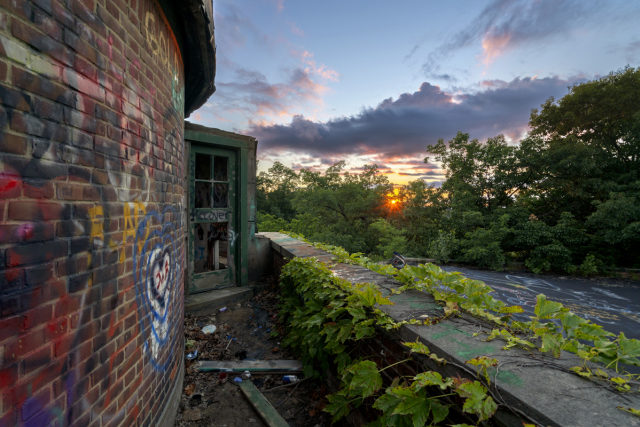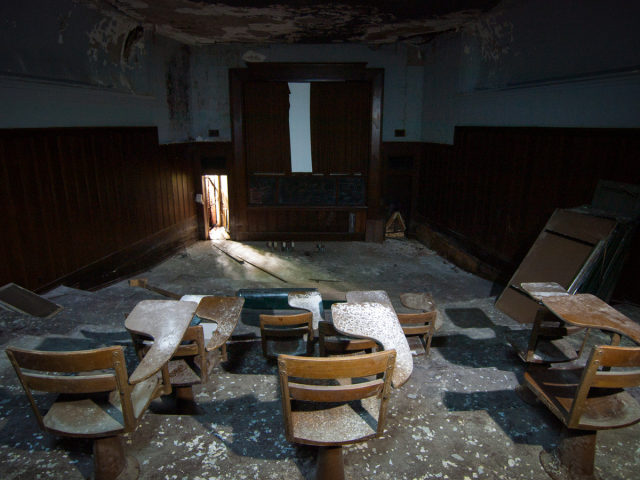The domed tower of the Warner and Swasey Observatory once contained a powerful telescope and dominated Cleveland’s sky. The observatory was named after its builders, Worcester Reed Warner and Ambrose Swasey.
The astronomical observatory was built in the early 20th century, with the official opening taking place in 1920.
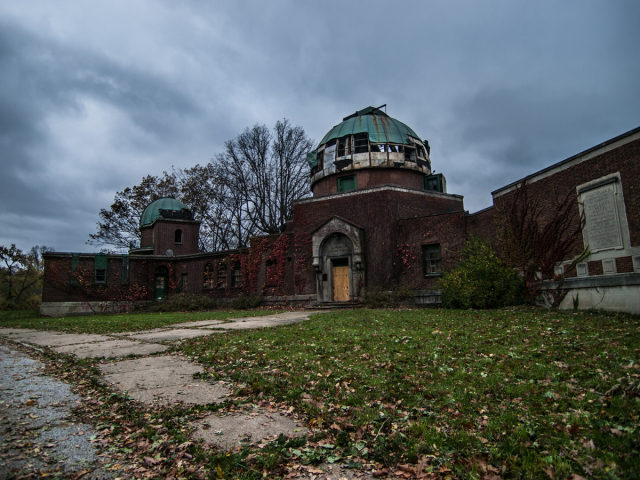
Warner & Swasey Company
Warner and Swasey began business in 1880 as a manufacturer of machine tools and precision tools. When they arrived in Cleveland, they built a large factory for the production of lathes and telescopes. The Lick Observatory at the University of California used telescopes manufactured by this company.
During the First and Second World Wars, the company supplied its products to the military.
The Case Institute & the Observatory
Warner and Swasey were lovers of astronomy, so in 1894 they decided to build an observatory of their own. The Cleveland firm Walker and Weeks designed the building. In 1919, Warner and Swasey donated the observatory to the Case Western Reserve University, where it became known as the Warner and Swasey Observatory.
The observatory was originally located on Taylor Road in East Cleveland, Ohio, USA. Warner and Swasey specially made the 9.5-inch refractor.
The building continued to develop and expand over the years. In 1939, the new 24-inch Burrell Schmidt telescope was built and installed there.
In 1941, the observatory obtained a second dome to house a new telescope. At that time, it was also decided to add an astronomical library and lecture hall to the site.
In the early 1950s, the observatory made important discoveries. The theory that the Milky Way is a spiral galaxy was proven by work done at this observatory, and a study to show that red giants are located near the center of the Milky Way was also carried out here.
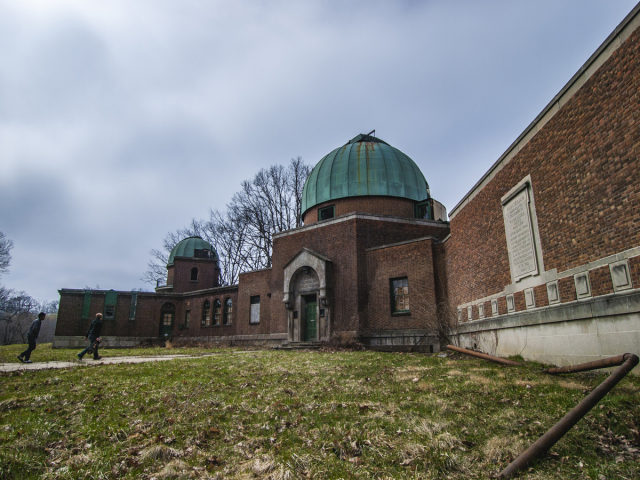
Light Pollution
In the 1950s, after important research, Cleveland faced the problem of light pollution. As a result, the university built a new site to house the Burrell Schmidt telescope, 30 miles east in Jeoug County. Today, this site is known as the Nassau station.
The telescope was used from 1957 to 1979. In 1978, the Faculty of Astronomy signed an agreement to build a new observatory to house the telescope. It was once again transferred, this time to the Kitt Peak National Observatory in Arizona.
Sale
Research continued at the Taylor Road building until it was acquired by Bendix in 1982. The remaining staff and resources were transferred to the main campus of the institute. For some time, the building became abandoned.
In 2005, real estate tycoon Naiir Al Mahdi purchased the derelict property. He wanted to build a luxurious residence on this site. Unfortunately, in 2007, Mahdi was sent to prison after a conviction for mortgage fraud.
In its day, the observatory made a significant contribution to astronomy and associated research. In 2003, observations using the Burrell Schmidt telescope led to the discovery of the Andromeda VIII galaxy which revolves around the more famous Andromeda Galaxy. Andromeda VIII had previously been hidden due to the brightness of its parent galaxy.
Despite its contribution to science, this centuries-old building is now in ruins on a hilltop in East Cleveland. Lovers of abandoned places and artists are the main visitors to the observatory where graffiti can now be found on almost every surface.
Don’t forget to follow Johnny on Instagram – Facebook – architecturalafterlife.com
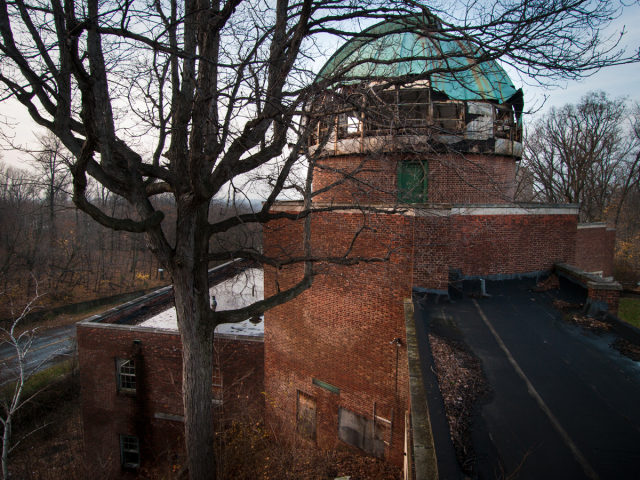
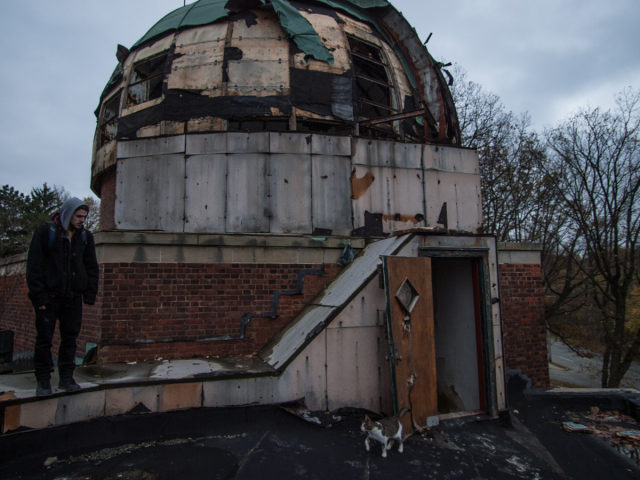
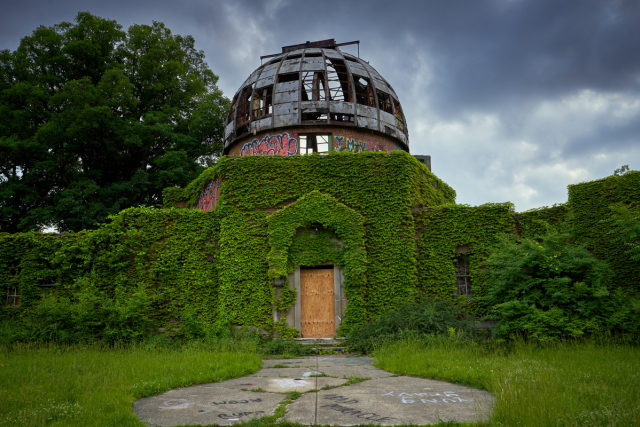
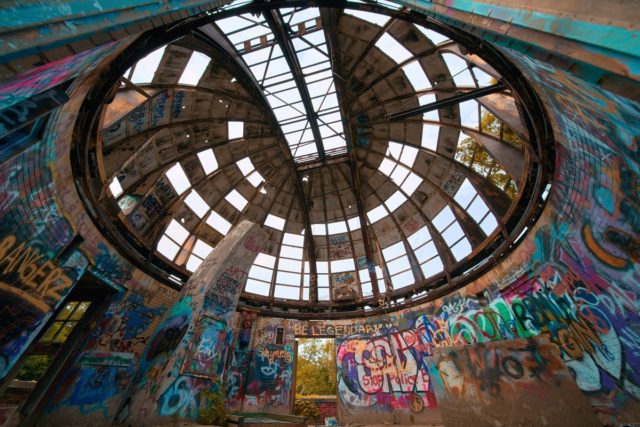
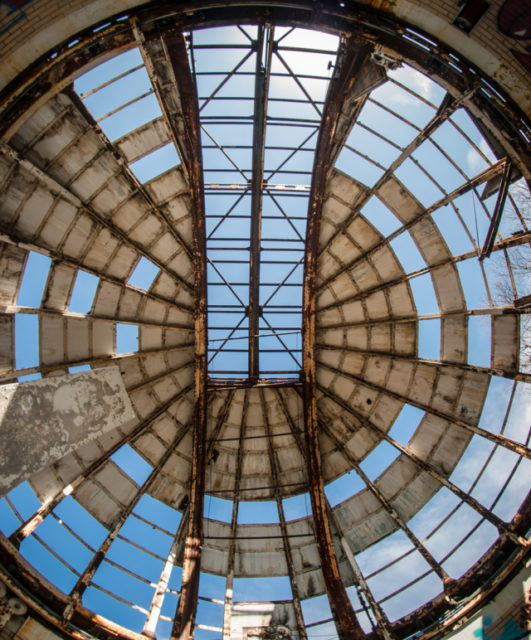
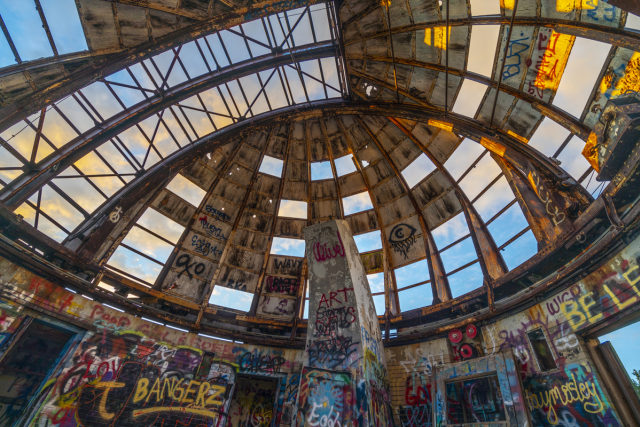
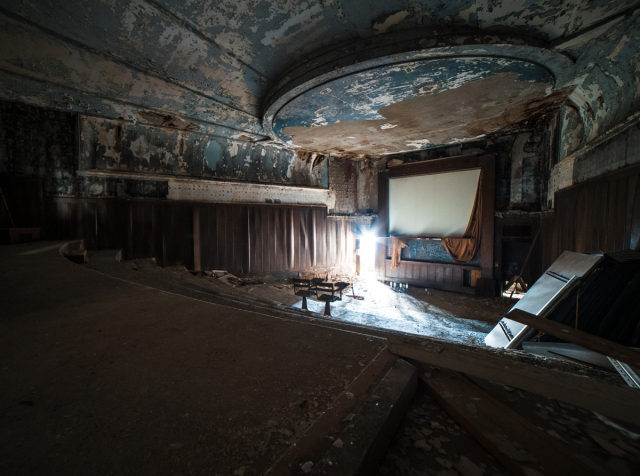
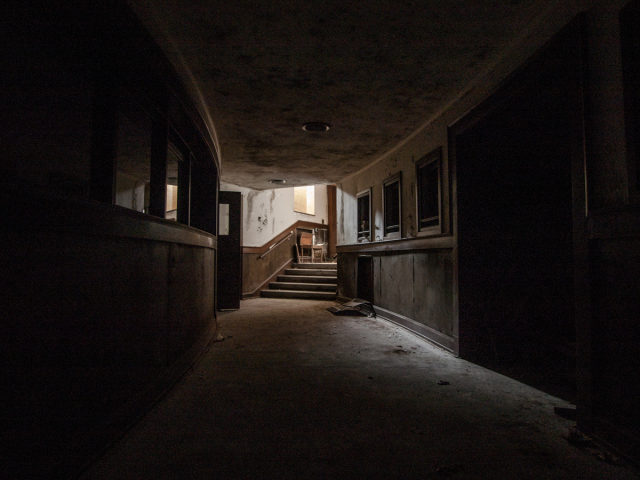
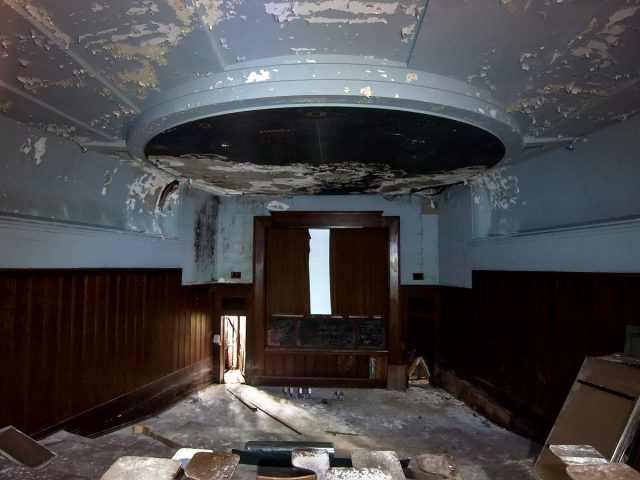
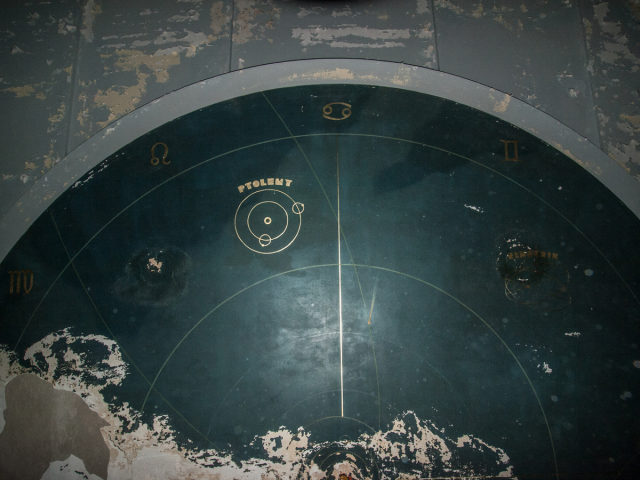
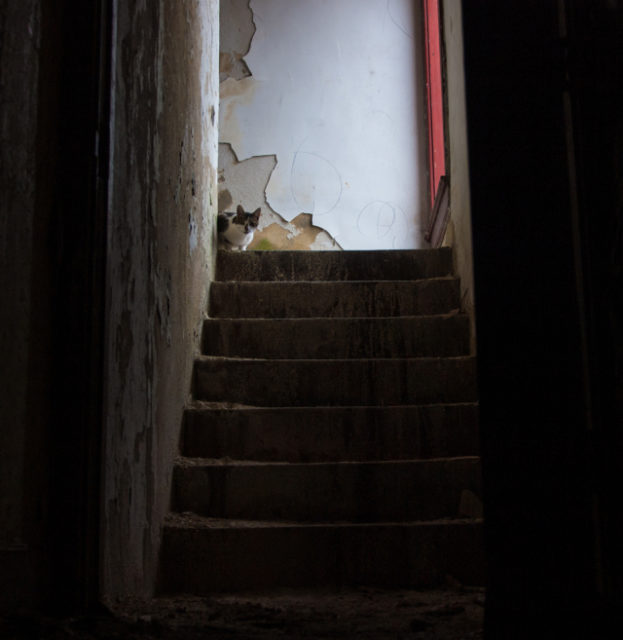
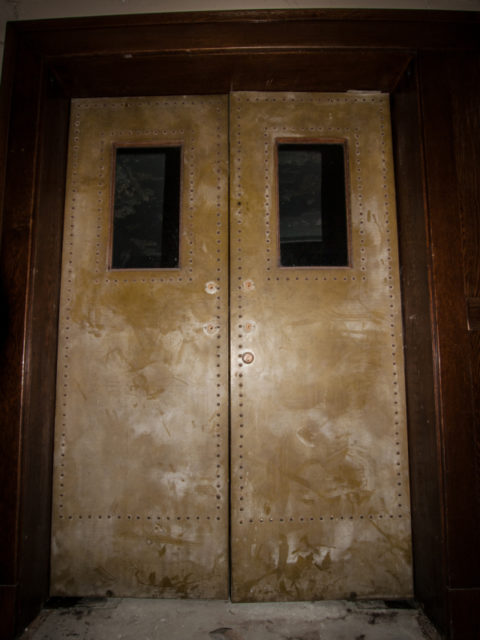
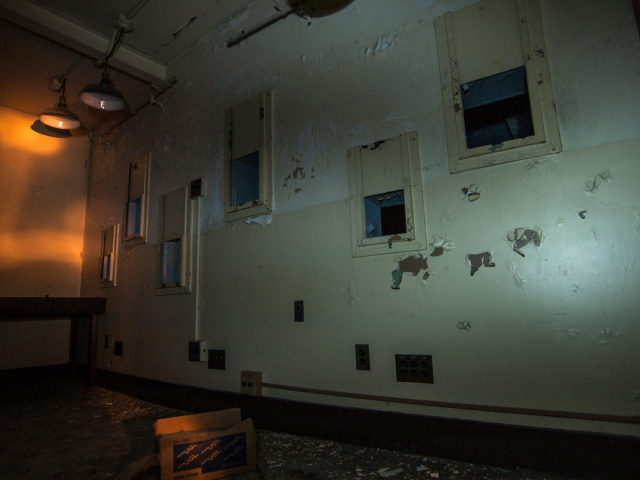
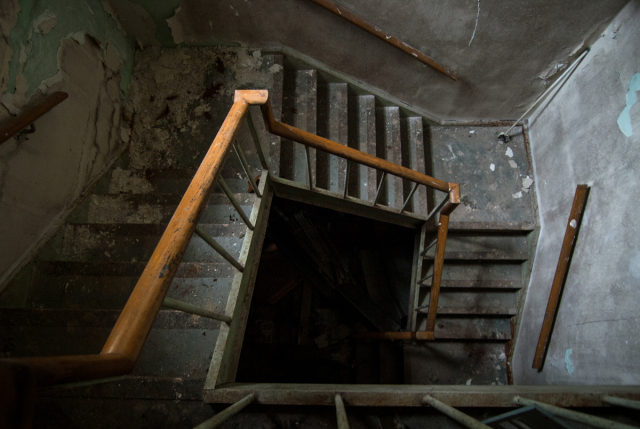
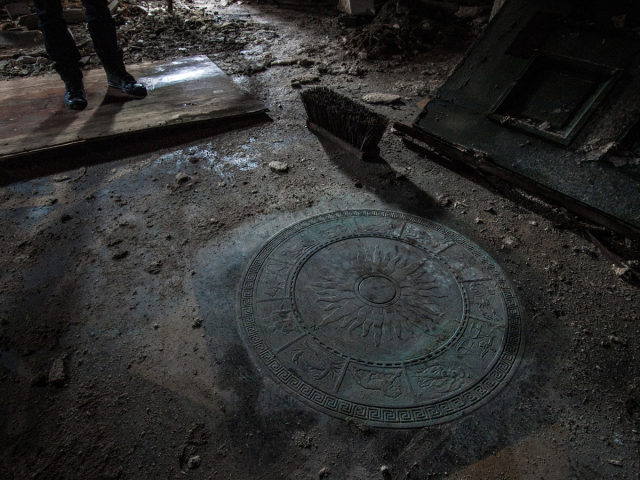
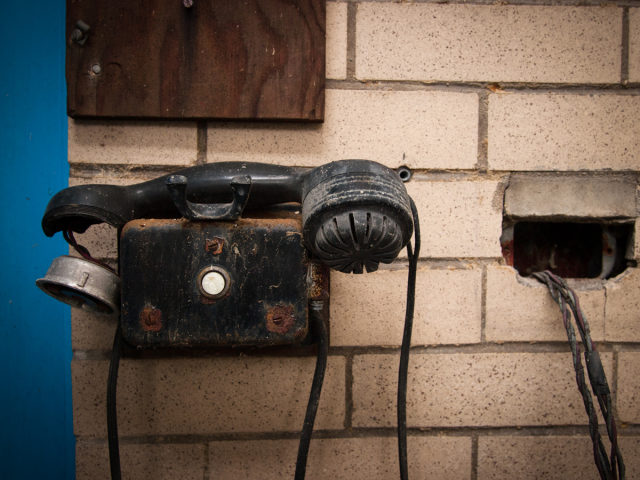
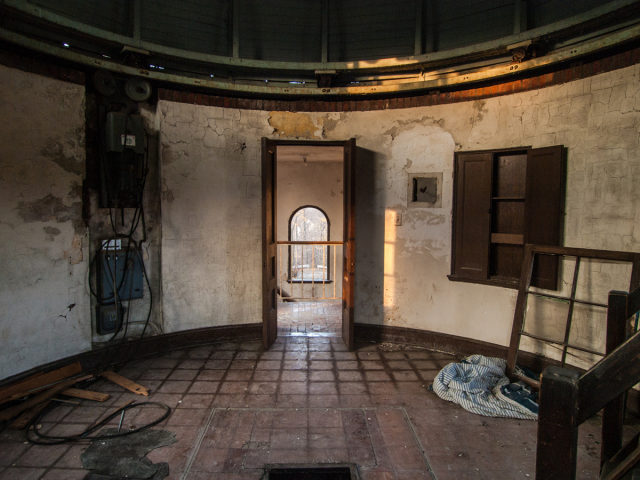
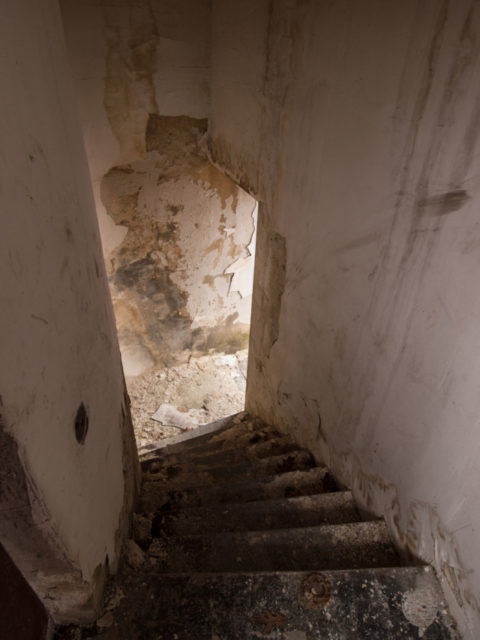
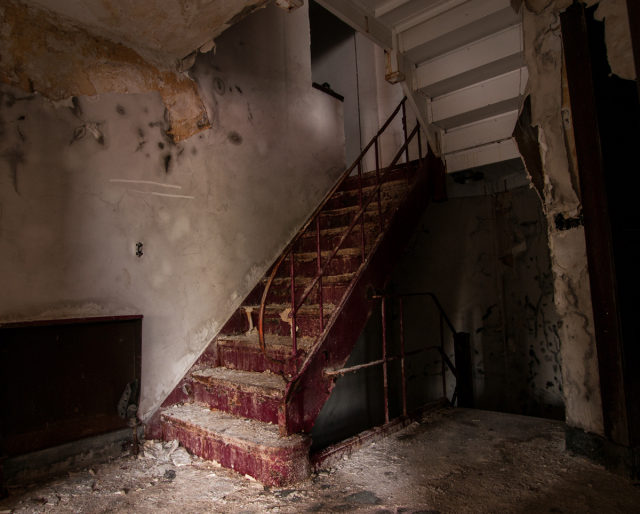
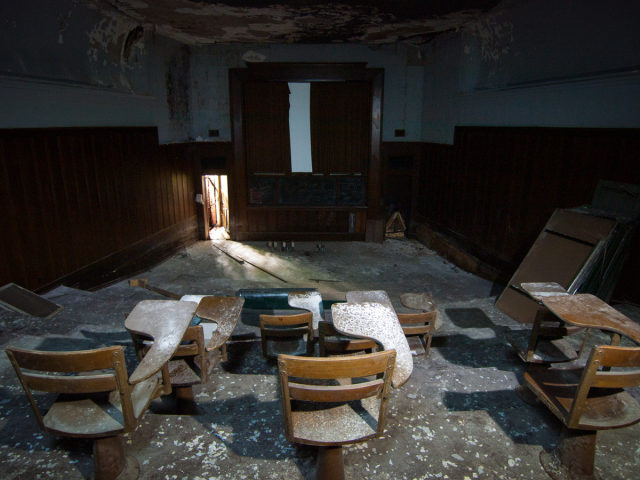
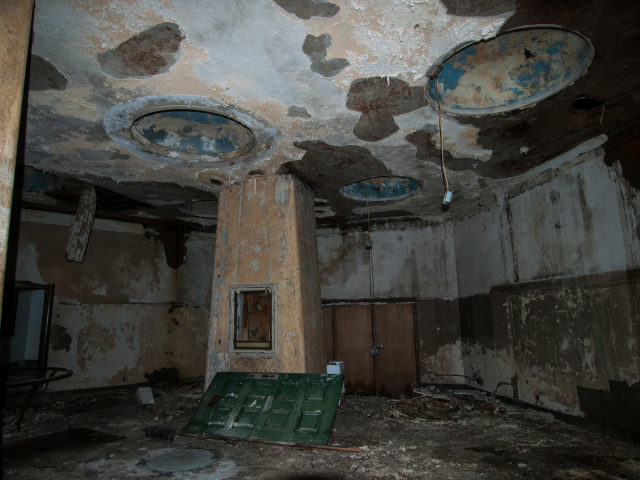
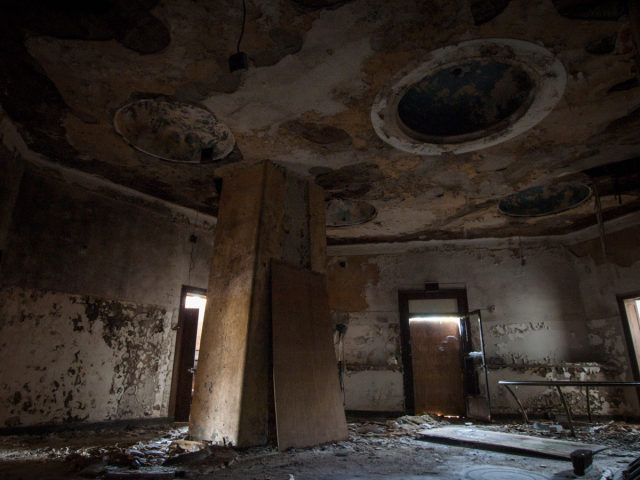
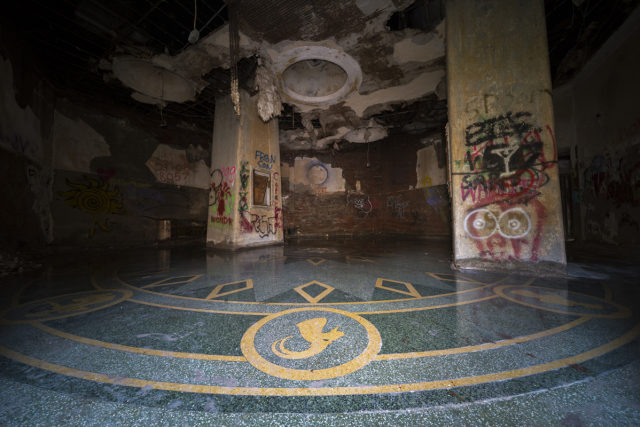
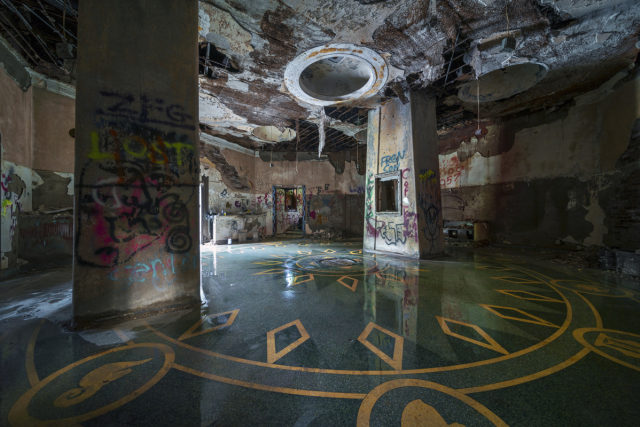
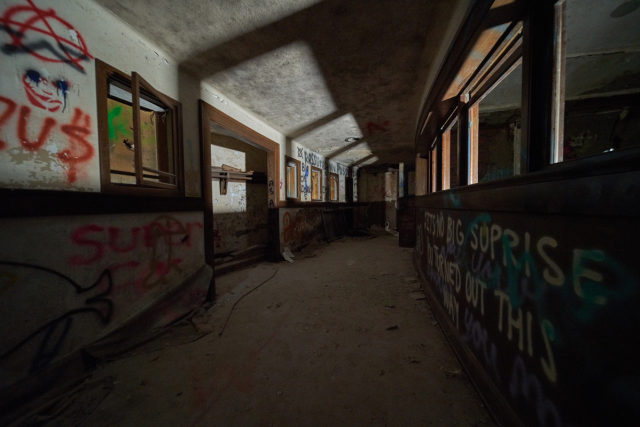
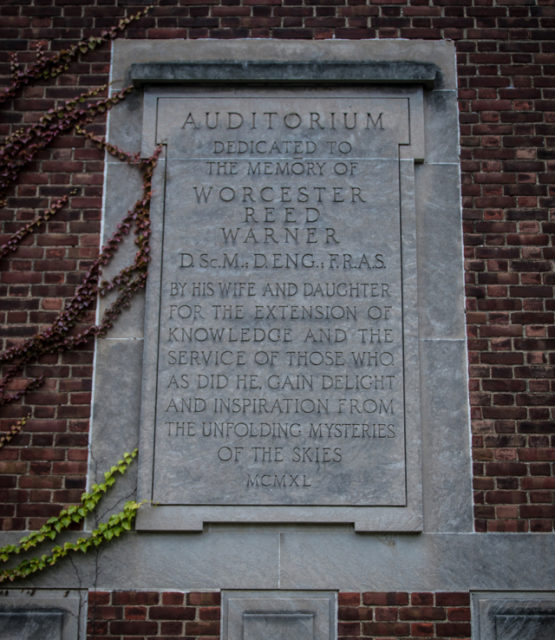
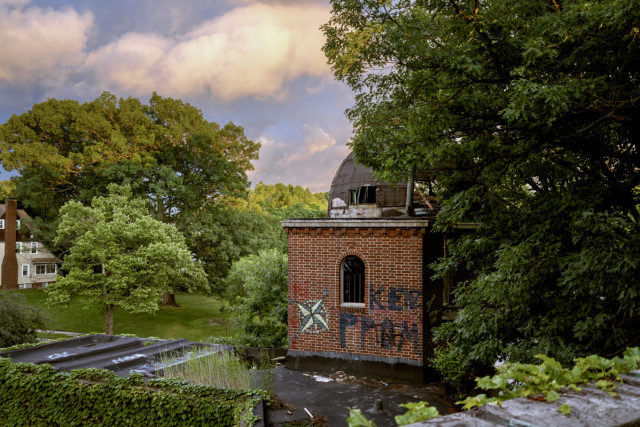
Another Article From Us: Abandoned Sanatorium de la Foret, France
